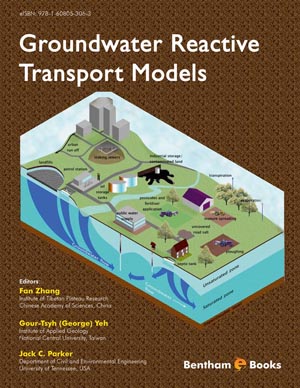Abstract
An enormous growth in the concentration of various poisons and pollutants
in the environment has resulted from the ongoing expansion of industrial, agricultural,
and urban activities. So, environmental remediation should be given equal attention to
scientific efforts in the fields of industrial and technological developments. When it
comes to the adsorption and desorption of several environmental contaminants,
magnetic nanoparticles have proven to be superior to other contenders. Ferrites, among
other magnetic nanoparticles, have gained attention as viable options for environmental
cleanup because of their tiny size, high surface to volume ratios, superior catalytic
capabilities, strong magnetic properties, and favourable optical characteristics.
Additionally, ferrites have demonstrated the ease with which their structural,
morphological, magnetic, and optical properties may be tailored, and these changes
have further improved the effectiveness of pollution removal. Additionally, formation
of composites of ferrites with different materials such as CNTs, graphene, rGO,
cellulose, TiO2
, ZnO etc. has also led to enhancement in the catalytic properties. The
role of pure and modified ferrites in eliminating different poisons and pollutants from
the environment, as well as their possible uses in environmental remediation, are
thoroughly discussed in this chapter.












